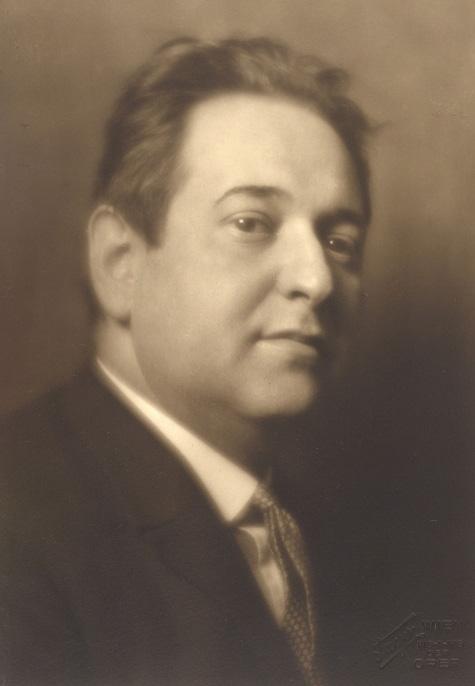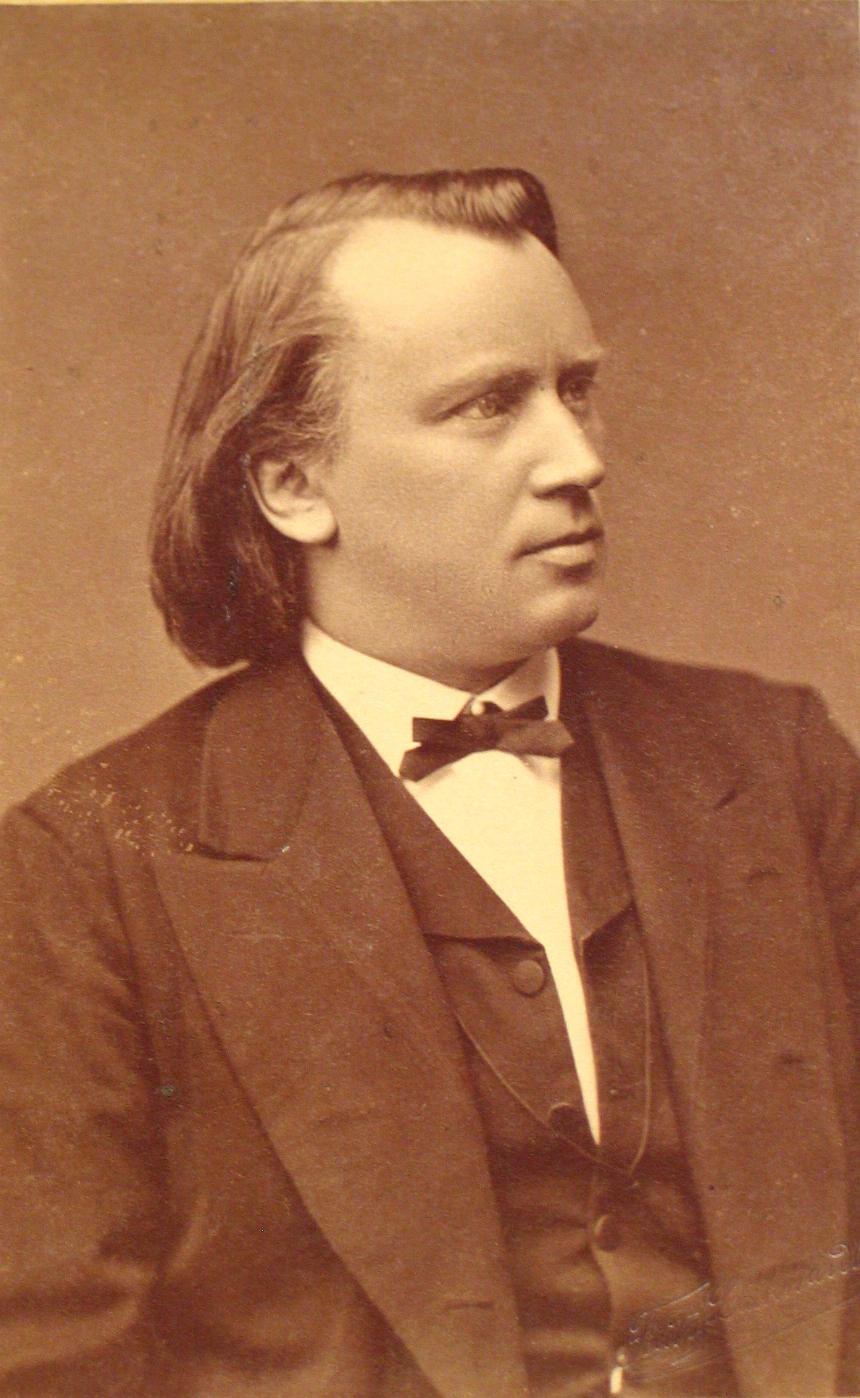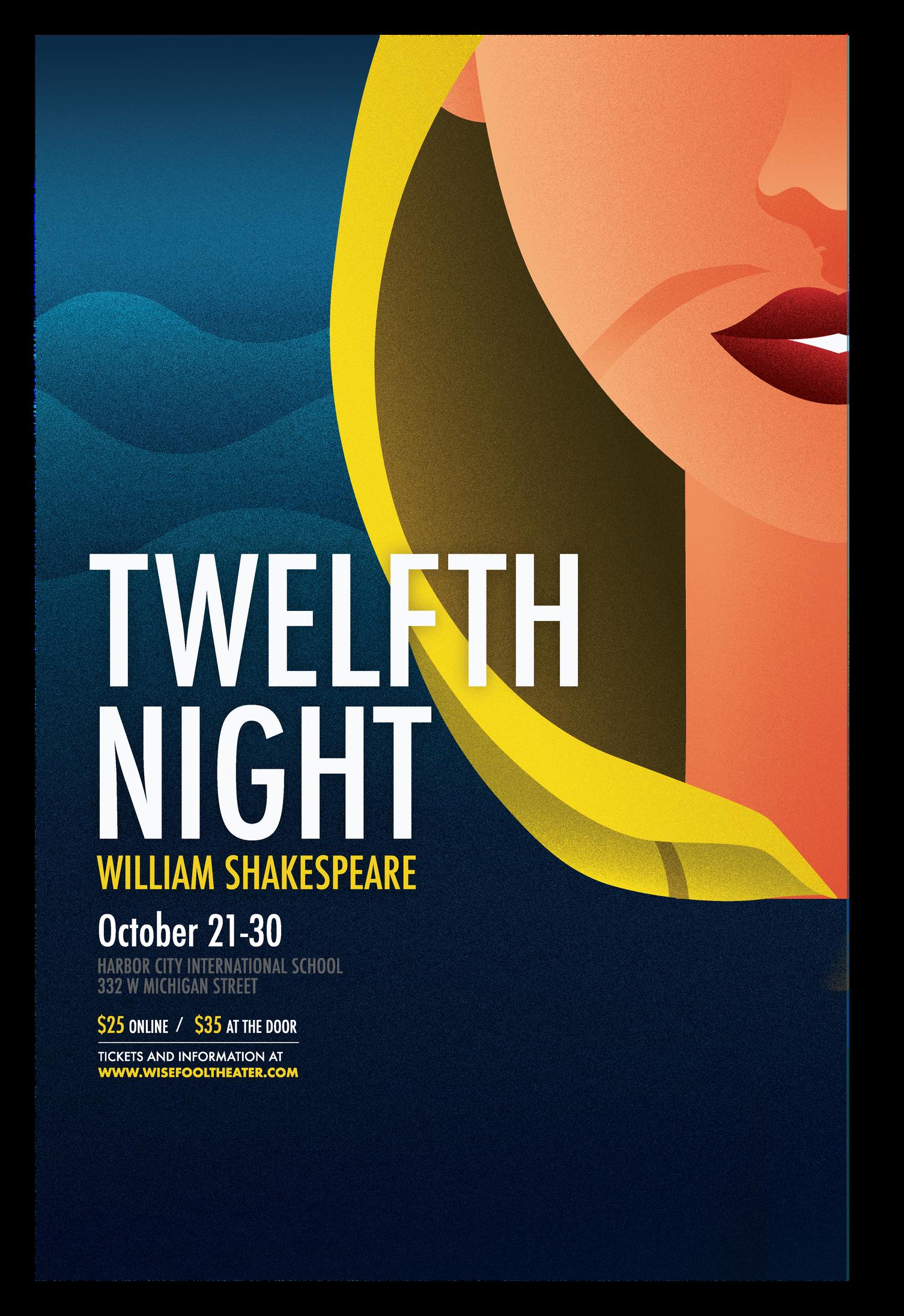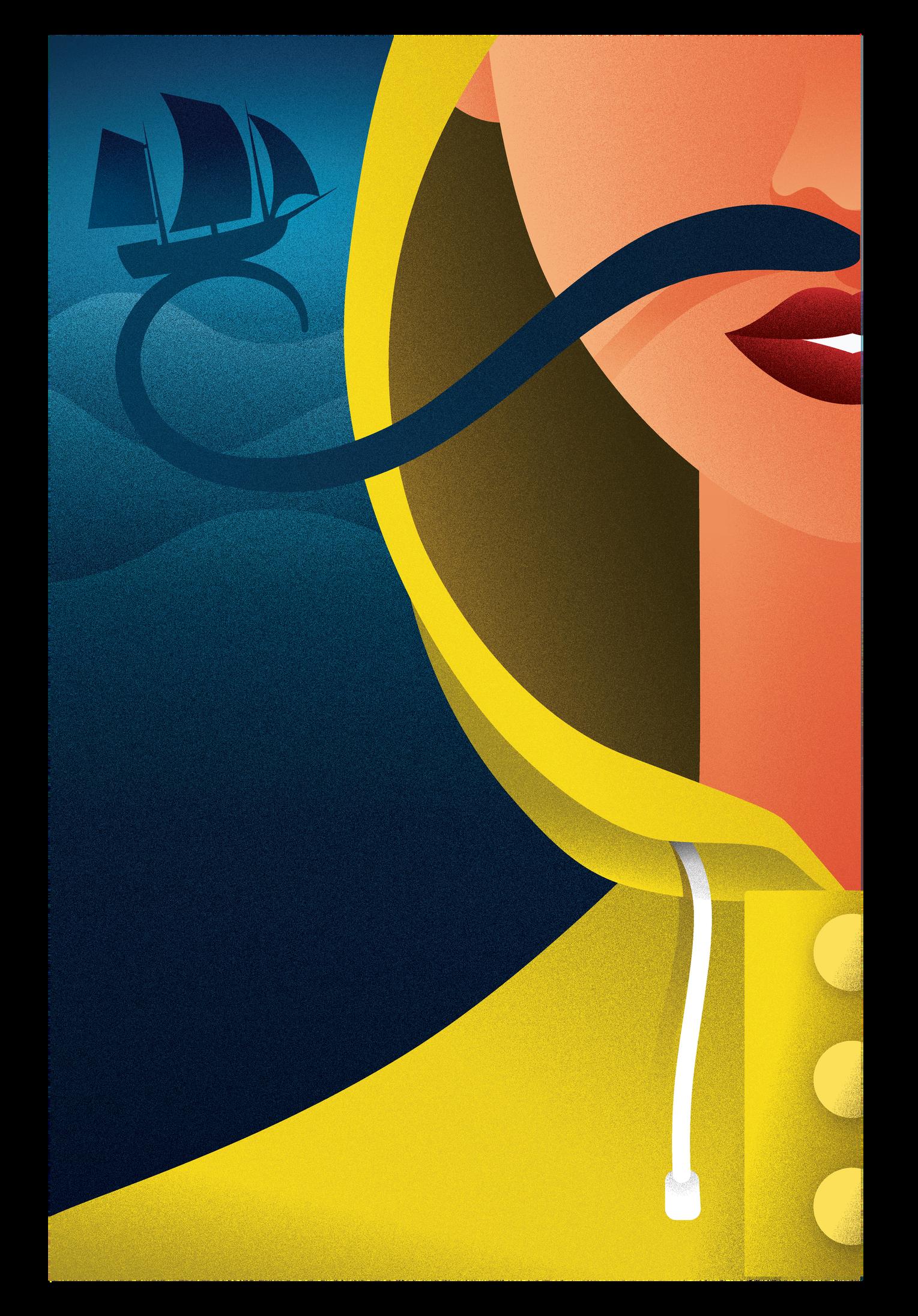
12 minute read
Masterworks 1 Program Notes
ADOLPHUS HAILSTORK
An American Port of Call ADOLPHUS HAILSTORK:
BORN: April 17, 1941, in Rochester, New York WORK COMPOSED: 1984 WORLD PREMIERE: February 1985, in Norfolk, Virginia, Virginia Symphony Orchestra, Richard Williams conducting PERFORMANCE HISTORY: Tonight’s performance is the DSSO’s first performance of any music by Adolphus Hailstork. INSTRUMENTATION: Two flutes and piccolo, two oboes, two clarinets, two bassoons and contrabassoon, four horns, three trumpets, two trombones. tuba, timpani, percussion (snare drum, whip, triangle, small and medium gong, glockenspiel, wood block, crash cymbals, suspended cymbal, tenor drum, large tam-tam, xylophone, bass drum), piano and strings. DURATION: 10 minutes. Adolphus Cunningham Hailstork studied composition at Howard University where he received a Bachelor of Music in 1963. During the summer after his graduation he attended the American Conservatory at Fontainebleau, France, where he studied with the famed Nadia Boulanger. Hailstork then studied at the Manhattan School of Music under Vittorio Giannini and David Diamond, receiving another Bachelor of Music in 1965 and a Master of Music in 1966. He received his PhD in composition, studying under H. Owen Reed, from Michigan State University in 1971. From 1971 to 1976 Hailstork served as a professor at Youngstown (Ohio) State University and in 1977 he accepted a position as professor of music and Composer-in-Residence at Norfolk (Virginia) State University. From 2000 until his retirement on January 1, 2021 he held the same posts at Old Dominion University (Norfolk), where his title is now Eminent Scholar and Professor Emeritus of Music. Hailstork is an exceptionally prolific composer, writing for all genres of musical ensembles, and he has received numerous awards throughout his lengthy career. In 2019 he was honored by the Los Angeles Philharmonic for lifetime achievements after the world premiere of Still Holding On. His Fanfare on Amazing Grace was part of the inaugural prelude performed by the U.S. Marine Band at President Biden’s inauguration. This marked only the second time music by a contemporary African American composer has been selected to be performed at a presidential inauguration.
Hailstork composed An American Port of Call for the Virginia Symphony. He gives this summary of the piece: “The concert overture, in sonata-allegro form captures the strident (and occasionally tender and even mysterious) energy of a busy American port city. The great port of Norfolk, Virginia, where I live, was the direct inspiration.” Hailstork does a fantastic job of portraying the energy of Norfolk. There are short moments in the work that may evoke memories of Bernstein’s On the Town (which tells the tale of sailors on shore leave in New York City) and/or Gershwin’s American in Paris. Having lived across the bay in Hampton and Newport News in the early 1990s, the energy I experienced throughout the entire region is exactly as Hailstork describes in An American Port of Call.
ERICH WOLFGANG KORNGOLD
Violin Concerto in D major, Op. 35 ERICH WOLFGANG KORNGOLD
BORN: May 29, 1897, in Brno, Moravia (now Czech Republic) DIED: November 29, 1957, in Hollywood, California WORK COMPOSED: 1937-39 (rev. 1945) WORLD PREMIERE: February 15, 1947, in Saint Louis, Missouri; Jascha Heifetz, soloist; St. Louis Symphony Orchestra, Vladimir Golschmann conducting. PERFORMANCE HISTORY: There has been only one previous DSSO performance of Korngold’s Violin concerto on March 18, 2000, with Vera Tsu as soloist and Yong-yan Hu conducting. INSTRUMENTATION: Two flutes (2nd doubling piccolo), two oboes (2nd doubling English horn), two clarinets and bass clarinet, two bassoons (2nd doubling contrabassoon), four horns, two trumpets, trombone, timpani, percussion (glockenspiel, xylophone, vibraphone, cymbals, chimes, gong, bass drum), harp, celesta and strings. DURATION: 24 minutes.
Any true movie buff will recognize the name Erich Korngold. Prominent film director Max Reinhardt (1873-1943) invited Korngold to Hollywood in 1934 to compose additional music for his film of Shakespeare’s A Midsummer Night’s Dream. Over the next four years Korngold changed movie music forever and pioneered a new art form, the symphonic film score. He treated each film as an “opera without singing” and followed the Wagnerian style of leitmotifs. Korngold’s intention was to compose music that could stand alone in the concert hall without the visual aid of the film. Many of the films he scored are timeless classics: Captain Blood, The Prince and the Pauper, Anthony Adverse (for which he won the first of two Academy Awards), The Adventures of Robin Hood (winner of his second Academy Award), The Sea Hawk, Sea Wolf, and Kings Row. Overall, he wrote the score for sixteen Hollywood films and received two more nominations for an Academy Award. Korngold, along with Max Steiner and Alfred Newman, is one of the founders of film music and his influence on modern film music cannot be overstated.
Korngold’s father was the eminent music critic Julius Korngold (1860-1945) who was notable for championing the music of Gustav Mahler (1860-1911) at a time when many others did not think much of him. He named his son Erich Wolfgang after Mozart and indeed the young Erich was a remarkable child prodigy. In 1906 Erich played his cantata Gold for Mahler, who pronounced him a genius and recommended he be sent to study with Alexander von Zemlinsky (18711942). Composed at the age of 11, Korngold’s ballet Der Schneemann was a sensation when it was first performed at the Vienna Court Opera in 1910, followed with a Piano Trio and a Piano Sonata in E-flat that was championed throughout Europe by Arthur Schnabel. Richard Strauss remarked: “One’s first reaction that these compositions are by a child are those of awe and concern that so precocious a genius should follow its normal development. … This assurance of style, this mastery of form, this characteristic expressiveness, this bold harmony, are truly astonishing!” Puccini, Sibelius, Bruno Walter, Arthur Nikisch and Engelbert Humperdinck were among many who were similarly impressed.
By his early 20s, Korngold had reached the zenith of his fame as a composer of opera and concert music. In 1923 he completed a Concerto for Piano Left Hand, Op. 17, for Paul Wittgenstein (1887-1961), who lost his right arm during World War I. Korngold’s Concerto was the first one written for Wittgenstein, followed by Ravel, Prokofiev, Hindemith, Britten and others. While he was teaching opera and composition at the Vienna Staatsakademie, Korngold arranged and conducted many of the lost and forgotten operettas by Johan Strauss II. Bringing these lost works back to the stage brought him recognition and he was awarded the title Professor Honoris Causa by the president of Austria.
Bronisław Huberman (1882-1947), Polish violinist and founder of the Israel Philharmonic, would continually hound his host whenever Korngold invited him for dinner. “So, Erich, where’s my violin concerto?” Finally, after about thirty years of silence, in 1945 Korngold sat down at the piano and played a soaring, lyrical theme. Huberman exclaimed, “That’s it! That will be my concerto - promise me that you’ll write it.”
Korngold’s Violin Concerto utilizes bits and pieces of a number of his film scores. The work opens with a theme from Another Dawn, a romantic melodrama set in a North African British colony. The main melody from the film, which is associated with love and flight (Errol Flynn’s character is a pilot), was one of Korngold’s best. A transition of virtuosic passages leads into the second main theme of the first movement, which is as lyrical as the first, however is more introspective and perhaps even a bit melancholic in character. This melody comes from the 1939 film Juarez, a historical epic about the ill-fated attempt of the French to establish an empire in Mexico during the 1860s. The theme is associated with Carlotta, played by Bette Davis, whose voice and movements Korngold often found inspiring. The Oscar-winning score to Anthony Adverse (1936) provides the main theme of the slow second movement. The film is about an aristocratic love-child’s quest to find his way in the world at the turn of the nineteenth century.
The second movement unfolds into three parts after the soloist begins the main theme: a lyrical beginning, a more passionate transition, and a relaxed ending. This is followed by a contrasting middle section, which is more fragmented with chromatic motifs and mysterious harmonies that bring a return to the main melody.
The last movement is based on the main theme from the 1937 adaption of Mark Twain’s fable The Prince and the Pauper: The story of two boys, one born to an abusive alcoholic father and the other the son of Henry VIII. The boys are born on the same day and bear a striking resemblance to each other (portrayed by twins Billy and Bobby Mauch). By pure chance they meet one day and, fascinated by their likeness, they decide to switch positions temporarily to see how the other one lives. Korngold cleverly creates a theme and variations in which the episodes are all astonishing variants on the playful tune, leading to the thrilling and yes, Hollywood happy ending.
Huberman, who waited decades for his concerto, never performed the work in public due to a busy schedule and his death in 1947. Korngold requested the legendary Jascha Heifetz to premiere the work; he accepted the offer and encouraged Korngold to increase the difficulty of the solo part. The premiere was triumphant, causing Korngold to write, “A success just as in my best times in Vienna.” One reviewer predicted that the concerto would remain in the repertoire as long as Mendelssohn’s. The critics in New York weren’t as enthusiastic; New York Times critic Olin Downes panned it, calling it a “Hollywood Concerto” which reflected a general distaste for both film music and the lush, post-romantic style prevalent in critical circles at the time. Nevertheless, the Concerto began to experience a renaissance and is now regularly performed throughout the world.

JOHANNES BRAHMS
Symphony No. 1 in C minor, Op. 68 JOHANNES BRAHMS :
BORN: May 7, 1833, in Hamburg, Germany DIED: April 3, 1897, in Vienna, Austria WORK COMPOSED: 1876 (began in 1854) WORLD PREMIERE: November 4, 1876, in Karlsruhe, Germany, Otto Dessoff conducting PERFORMANCE HISTORY: Our Orchestra will preform Brahms’ First Symphony for the twelfth time this evening. It was also heard in 1935, 1943, 1948, 1957, 1965, 1971, 1978, 1990, 1996, 2005, and on April 20, 2013 (Markand Thakar conducting). INSTRUMENTATION: Two flutes, two oboes, two clarinets, two bassoons and contrabassoon, four horns, two trumpets, three trombones, timpani and strings. DURATION: 45 minutes.
Lately I have been reading a wonderful biography of Brahms by Jan Swafford, in which he writes that the First Symphony “in one blow… resurrected the genre of the symphony from years of failure, [and] made it once again the king of musical forms.” The prevailing musical direction by the mid-19th century was leading towards symphonic tone poems such as Berlioz’s Symphonie fantastique and Liszt’s Les préludes. Between the years of Beethoven’s death (1827) and the premiere of Brahms’ First Symphony, very few symphonies were written that today would be considered successful. And none of them made nearly the impact that this great symphony did. Eduard Hanslick, Brahms’ friend and critic wrote:
Seldom, if ever, has the entire musical world awaited a composer’s first symphony with such tense anticipation . . . The new symphony is so earnest and complex, so utterly unconcerned with common effects, that it hardly lends itself to quick understanding . . . [but] even the layman will immediately recognize it as one of the most distinctive and magnificent works of the symphonic literature.

Brahms came to the symphony rather late. Although he started work on his First at the age of 21, it took him over twenty years to complete it. Prior to this he had composed only a few works for orchestra; in 1854 he began composing a symphony in D minor which eventually became his First Piano Concerto, in 1868 his German Requiem and the popular Haydn Variations (1873), which certainly boosted his ego. The long gestation period for the C minor Symphony may be attributed to a couple of factors. First of all Brahms was very critical of himself, which led him to destroy many of his early works. Secondly, he felt enormous pressure, as he expressed, “I shall never write a symphony! You have no idea how it feels to hear behind you the tramp of a giant like Beethoven.” However, after a number of starts to a symphony that became something else entirely, he finished his First Symphony in 1876. The somber mood with its tension and drive in the first movement is very suggestive of Beethoven. From the very first notes accompanied by the timpani angrily beating a ‘C’ as if trying to beat the orchestra into submission, the theme opens with an unexpected G major chord. Brahms took the advice of Robert Schumann, “The beginning is the main thing; if only one makes the beginning, then the end comes of itself.” The first movement is the struggle that can be felt of Brahms coming into his own and emerging from the overwhelming shadow of Beethoven.

The second movement, Andante sostenuto, is now completely Brahms with the gentle, lyrical melodies for which he is most famous. The beauty of it is incomparable. The third movement, Un poco allegretto e grazioso, evokes a personalized version of a scherzo by Beethoven with a taste of Schubert thrown in to bring about a smile.
The Finale opens as if it is an extension of the first movement with its ominous and fearsome emotional mood. Soon the clouds open up and the sun shines through with a chorale that speaks of peace and deliverance. This is the most direct homage to Beethoven and when a listener remarked on its similarity to the Ode to Joy melody, Brahms snapped, “Any jackass could see that!”
The conductor Hans von Bülow was so moved that he called the symphony Beethoven’s Tenth. This caused a bit of annoyance with Brahms as he felt it amounted to accusations of plagiarism, where he viewed it as paying homage to Beethoven. Although it is still sometimes, though rarely, referred to as Beethoven’s Tenth, it is pure Brahms. Robert Schumann wrote, in 1853, that this young composer he had met would be the heir to Beethoven’s musical legacy: “If [Brahms] directs his magic wand where the massed power in chorus and orchestra might lend him their strength, we can look forward to even more wondrous glimpses into the secret world of the spirits.” As a great philosopher, Linus van Pelt (Peanuts) once said, “There are fewer things heavier than the burden of a great potential.”
Program Notes by Vincent Osborn © 2022







